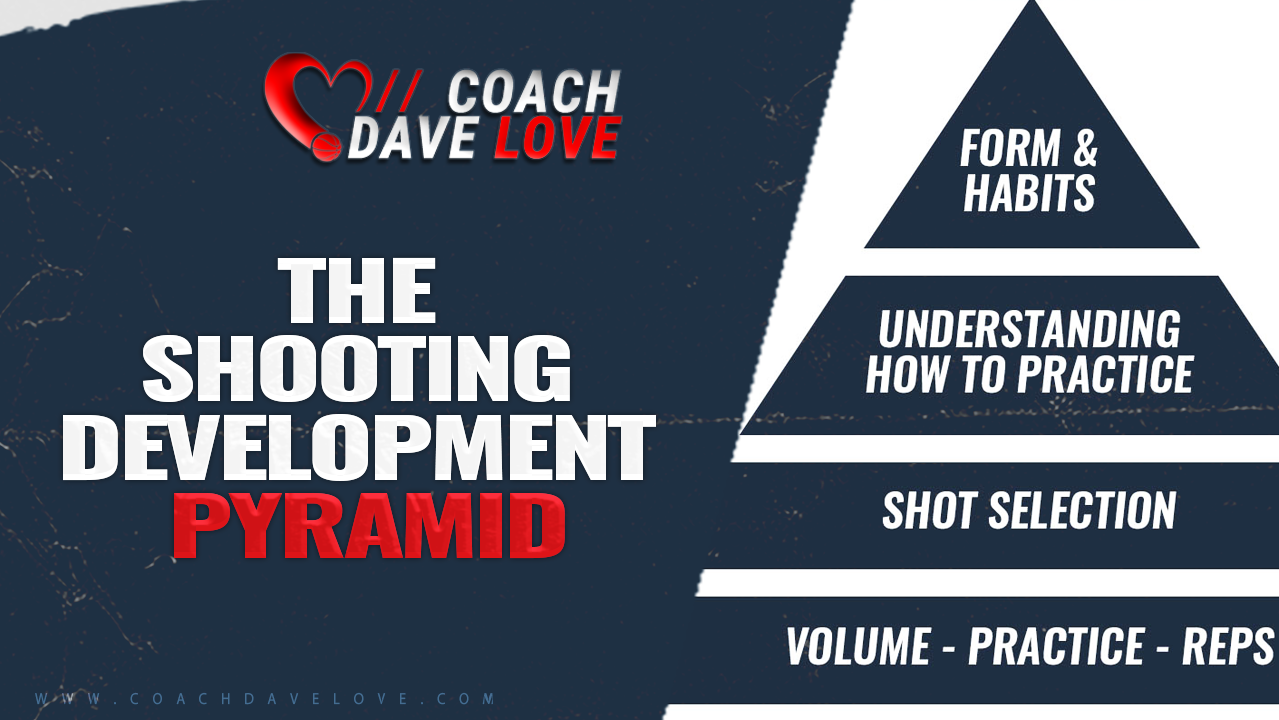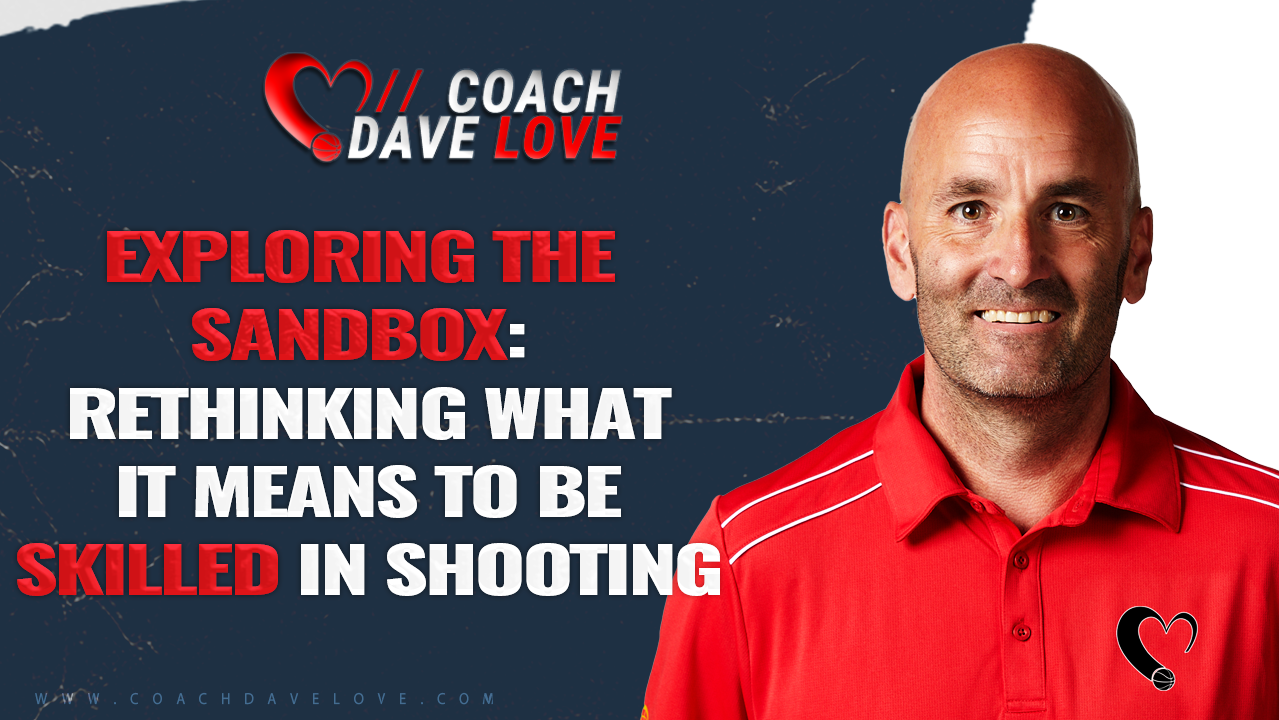Like most “hot debates” in coaching, there really shouldn’t be a ONE-SIZE-FITS-ALL answer.
Coaches may (and probably SHOULD) have THEORIES, but players are real, not theoretical.
Coaches will need to adjust what they teach to fit the situations and the players they coach.
The DIP is one of these areas that will need adjustments. What a coach will teach a 7 foot tall NBA player will not apply to a 12 year old girl, and vice versa.
There needs to be a deeper understanding than just “right or wrong”.
WHAT IS THE DIP?
People may have slightly different definitions, but most people agree that “dipping” the ball refers to lowering the ball down to a position around the players waist before starting the shooting motion.
For example, if a player catches a pass at the 3 point line, they will commonly “dip” the ball down to their waist before starting the ball up into their shooting motion.
Once we understand WHAT a dip is, we need to understand if it HELPS a player make shots, or if it’s a common thing that happens that actually HINDERS a player.
As with most things, the answer is in the middle.
ADVANTAGES OF DIPPING
Generating power is a huge part of shooting. So is accuracy. And so is efficiency. But if the player can’t get the ball to the rim because they lack power, then we have problems.
Getting the ball lower in the shooting motion allows more room and time to generate more power as the player lifts the ball. If the player starts their shooting motion at their forehead, then they don’t have a lot of room to generate power. They’d better be pretty strong if they want to shoot that kind of shot from a longer distance.
But dipping the ball down to their waist will allow more room and time to generate more power. That is why most younger players will dip the ball in all situations.
DISADVANTAGES OF DIPPING
The biggest trade off in dipping the ball is the longer motion takes longer to shoot.
If a player catches the ball at their forehead, and dips the ball down to their waist before lifting the ball back up and through their forehead position, this will obviously take longer than just starting at the forehead and lifting.
Therefore the player will need more time to get their shot off.
WHAT I TEACH
I don’t teach players to dip the ball. But wait… before you fill my inbox with “But Coach, Steph Curry dips the ball…” emails, listen to my follow-up.
I also don’t discourage it when it’s needed.
In fact, I don’t really mention it one way of the other.
What I talk about is ‘lowering the ball a little as necessary to get the ball to generate the power that is necessary for the shot’.
If a player is an adult, standing under the rim and catches the ball at their forehead, there is no need to lower the ball. That would just waste time and increase likelihood of the ball getting stripped or blocked.
Conversely, if a player is 12 years old, is standing at the 3 point line and catches a pass at their shoulder height, they will probably NEED to dip the ball. It might be NICE if they could be more efficient and not waste time, but an efficient shot that comes up 5 feet short of the rim doesn’t score points.
BUT WHAT ABOUT RHYTHM?
Many coaches will talk about the need to dip the ball to establish rhythm. I don’t agree or disagree with that, I just look at it differently.
To me, RHYTHM just means HABIT. A player’s “natural” rhythm can work against them just as much as it works for them. And it’s probably only natural because they’ve done it a lot. We can make another habit “natural” by doing it over and over as well.
So whatever you want to call it, I try to avoid a single answer for all people and all situations, and focus on building as simple a habit AS POSSIBLE.
We need to find the middle ground between generating power but maintaining accuracy.
If you want to learn even more details like these from an NBA Shooting Coach, make sure you subscribe to my FREE SHOOTING NEWSLETTER.



